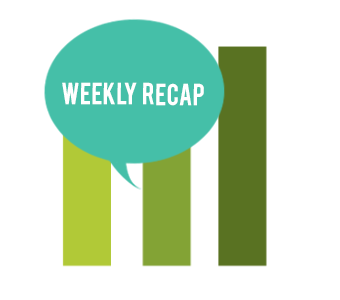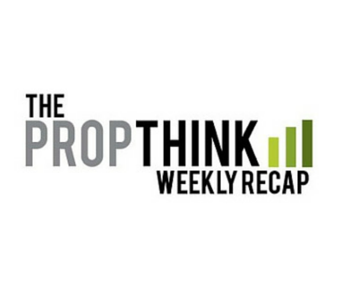Merry Christmas and Happy Holidays!
Wishing you and yours a spectacular 2015!
We were one and one in last week’s healthcare recap. The v-bottom played out as many expected, with the S&P 500 rapidly climbing back to its highs. But the central focus of our note last weekend – the approval of AbbVie’s (ABBV) Viekira Pak and its positive impact on Gilead Sciences (GILD) – was dead wrong.
Shortly after we published, AbbVie and Express Scripts (ESRX) announced that the pharmacy benefits manager will provide Viekira Pak to members at a discount to the list price, and will bar Gilead’s Harvoni and Sovaldi from its national formulary. The potential for a pricing war put major pressure on GILD this week, with the stock dropping as much as 20% through the Tuesday session, and the iShares NASDAQ Biotechnology ETF (IBB) losing ground as well. Both bounced back into the Friday session, though GILD is still down significantly.
It’s still not clear what kind of discount ABBV is offering ESRX. The company priced the Viekira Pak at a marginal 12% discount ($84K) to Gilead’s Harvoni, 12-week regimen. Rumors have circulated that the dsicount is as high as 40%, but AbbVie management has told investors that the discount is not “outsized” – whatever that means.
What we do know is that this likely affects about 5% of the U.S. hepatitis C market. To be clear, there’s room for more than one player, but investors are taking to heart that fact that pharma’s historically-unchecked ability to charge high prices for drugs in the U.S. may be changing. The U.S. government, under current legislation, is unable to affect much influence over the prices of drugs. ABBV and ESRX striking this deal is ultimately the free market working on drug prices – whether that actually has a positive impact for consumers remains to be seen. Worth noting, this pricing dynamic is unique to sub-markets in which more than one, similar product are available, as with these emerging cures for HCV. In oncology, for instance, where there are fewer novel therapeutics used in the same indication, these kinds of dynamics are unlikely to affect change in the near future. This is why Celgene Corp. (CELG) as an oncology powerhouse may be worth a look on this weakness – price wars are unlikely to have the same impact as in HCV.
GILD is still an attractive long-term investment, though it may take some time for things to shake out in the short-term. This is a dynamic company, and the GILD of 2020 will look nothing like the GILD of today.
Also this week, Achillion Pharmaceuticals (ACHN) released results from two studies of its own HCV drug products, wrapping up a PropThink Premium trade from this Fall. The data, for its nucleotide inhibitor ACH-3422 and NS5A inhibitor ACH-3102, were not what the street had hoped for. While the stock popped from $14 to $25 in pre-market trading, ACHN opened and then closed the day basically flat.
Back in October, we suggested to PropThink Premium members an inexpensive way to be involved in ACHN for the upcoming data release. Our trade, selling a November Strangle to finance a March Strangle, could have ultimately been closed flat this week.
In a phase I proof-of-concept study in treatment-naive HCV-1 patients, the -3422 produced a 4.8 log10 IU/ml drop in HCV viral load at 700mg after 14 days of treatment. Recall that the much-discussed bogey for this trial was a 4.0 log10 reduction – but at 7 days, not 14. Additionally, 700mg is higher than the anticipated 500mg dose, though safety has not been an issue. In a phase 2 study, -3102 plus Sovaldi (dubbed the “proxy” study for potential use with 3422), achieved 100% SVR4 at 6 weeks (n=12).
While ACHN still has a viable regimen in HCV, and perhaps best-in-class, the takeover sheen is gone for now. For long-term investors, one consideration would be selling a Jan 2016 $7 Put in order to finance a $17 or $20 Call of the same expiration – a long-date Risk Reversal.
One or more of PropThink’s contributors are long ACHN, ABBV, or GILD.



